
NASA’s New Invention Made Drivers Gasp
How long do your tires serve? I mean literary, how often do you buy a new set? Once a year? Once in two years? This part of our vehicles is a real headache for drivers, as you never know when there will be another collapse. Especially for those, who enjoy off-road trips.
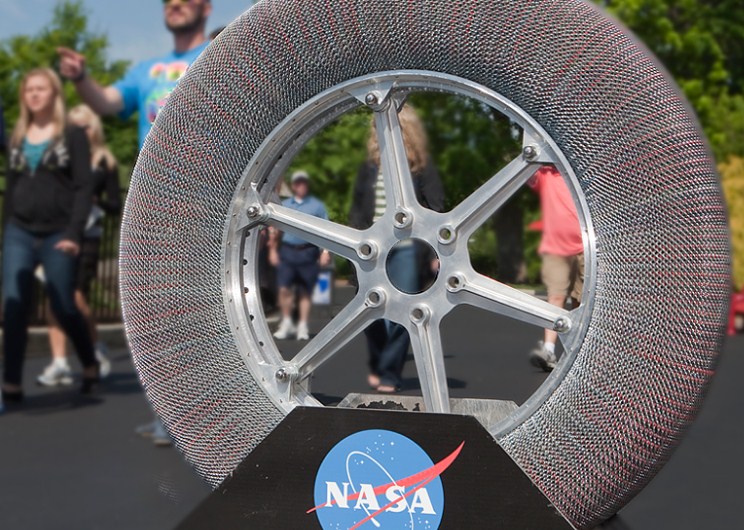
But recently NASA has created something insane! Taking for the base the original concept that helped the moon buggy zip around on the surface of the Moon, metal wheels with steel springs, a team of engineers have finally presented a new type of metal spring tire made of a nickel-titanium alloy instead of steel. If you were dreaming of indestructible tires – here they are.
The thing is, they are not planned for regular cars, at least yet. Such tires are worked out for more thorough space exploration. And if you are in the depth of despair now – I can totally understand you. But NASA believes they are more important for their Mars investigation than for your annual mountain ride or weekly shopping trips.
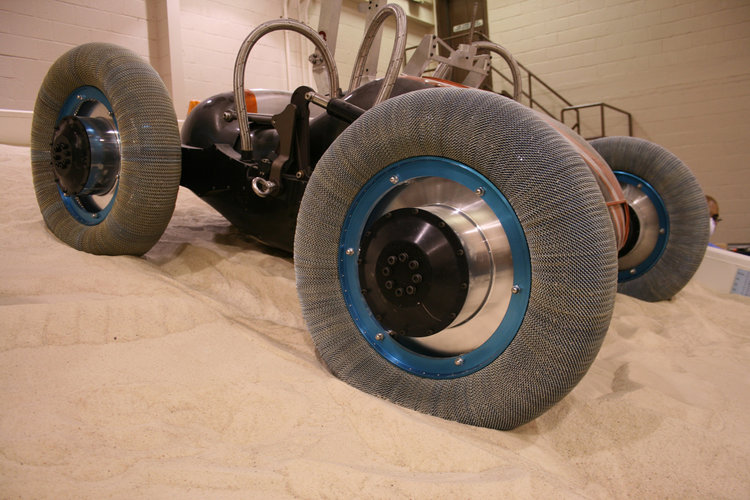
Anyway, they do exist. And if they are used for space machines in 2017, in about 2030 there will be at least an attempt of adjusting such tires to regular cars we all drive.
The secret of this innovation is in its shape memory. It means that any deformation won’t cause a damage to it. On the contrary – the tire takes shape of this deformation for some time and then gets back to its original look. Literary, it can withstand excessive deformation without permanent damage.
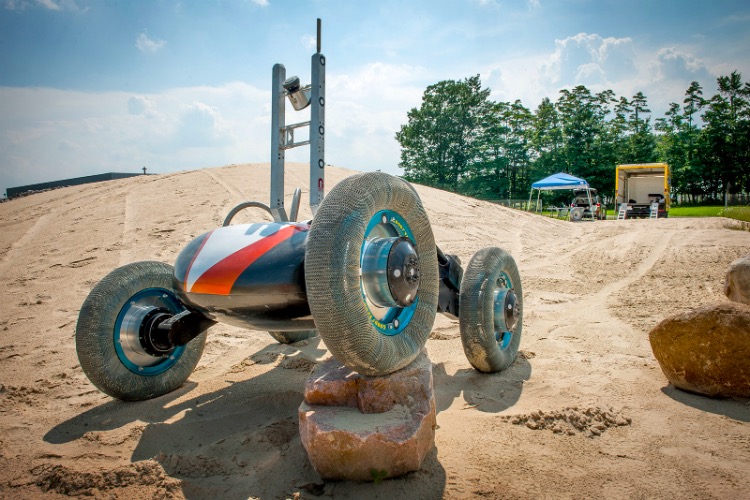
Such technology has a number of benefits that are the way out for most of the space troubles as changing the whole wheel here is a quest with almost no solution. When I say ‘benefits’, I mean they are:
Safe: Eliminates the possibility of puncture failure
Strong: Can withstand excessive deformation
Robust: Can be configured for high traction on various terrains
Simple: Eliminates the need for air
Versatile: Tire stiffness can be designed to limit energy transferred to vehicle
Lightweight: No inner frame needed for the tire/wheel assembly
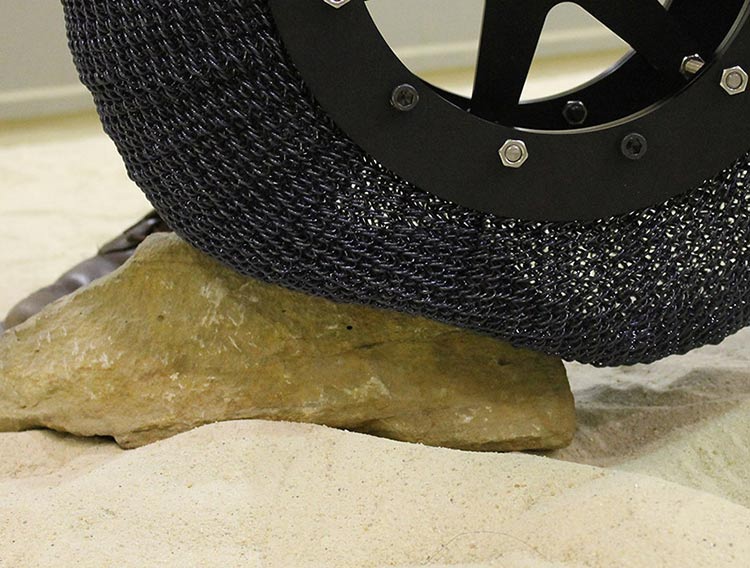
If we talk about an on-Earth solution, there were attempts of applying such tires for bicycles, which turned out to be quite successful. And there are reasons to expect something like this for cars.
It can actually make tires exploitation much cheaper and our drives will become much softer. Commonly used elastic-plastic materials (e.g. spring steels, composites, etc.) can only be subjected to strains on the order of ~ 0.3-0.5% before yielding. With this new technology, we get up to 10%. Sounds great, isn’t it?
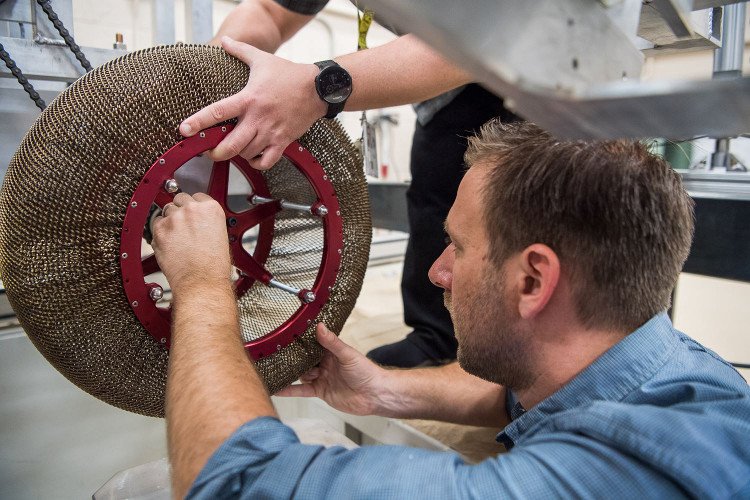
Some people might consider NASA rolling down to Middle Ages with this ‘new’ technology. Can we call it too simple for the 21st century? I don’t think so. Simple is not always bad. Whenever there is an opportunity to get a better product for the lower price – who cares about its simplicity or complication? If it fits our needs and our budget we just buy and use it.









